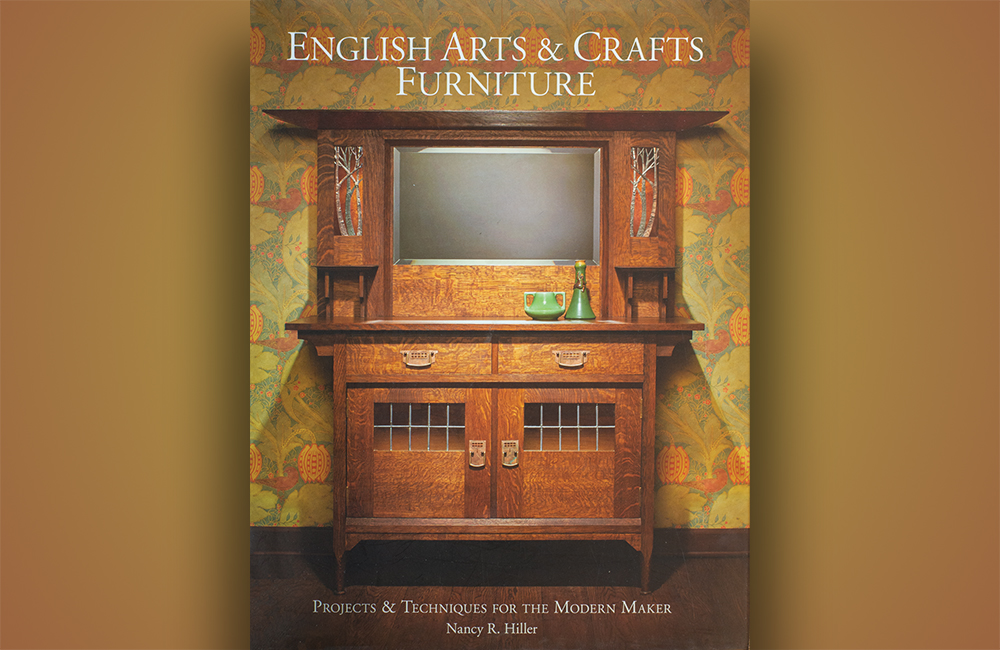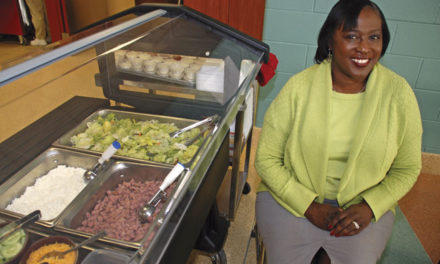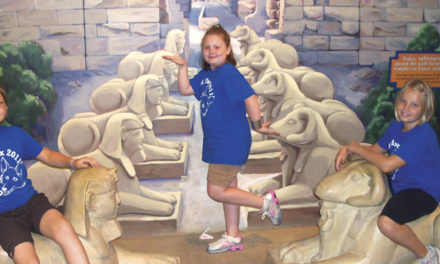
Cover of English Arts & Crafts Furniture: Projects & Techniques for the Modern Maker.
BY JANET MANDELSTAM
Nancy Hiller is out to persuade readers that Arts and Crafts furniture offers more than the heavy, massive, unadorned pieces most Americans associate with the movement.
In her new book English Arts & Crafts Furniture: Projects & Techniques for the Modern Maker (F+W Media), the Bloomington cabinetmaker says “the actual forms of the pieces are all over the aesthetic map.” In England, Hiller says, “The pieces were more delicate and elaborate, with inlays, carvings, and curves.”
While the primary audience may be woodworkers, the book offers other readers ample information regarding the Arts and Crafts movement and its practitioners. Generally considered to span the period from the 1880s until World War I, the movement had its historical and philosophical genesis much earlier, beginning, Hiller says, “as an expression of social and economic ideals.”
Hiller studied the writings of English art critic John Ruskin (1819-1900) and says his critique of industrialization was a one of the movement’s key foundations. Because the era’s furniture was often poorly made, Hiller says, “There was an increasing concern to improve design standards and to avoid exploiting consumers who bought and used the furniture. It was the concern of Ruskin and others that objects of beauty and quality should be available to people of modest means.”
For woodworkers, Hiller offers detailed instructions for building three distinct pieces of furniture. “I wanted each to reflect an ideal or goal of the Arts and Crafts movement,” she says.
The first piece, a dining chair, shows “the movement’s concern with improving design standards,” Hiller says. Like the original, it is made of oak. A sideboard in oak exemplifies the movement’s desire to “furnish homes for Everyman with objects of beauty.”
For the final and most complex piece, a dining table, Hiller chooses curly sassafras. This project is “an exercise in engineering and solving puzzles,” she says. “Workers should be challenged and should derive joy from their work.”
This is Hiller’s fourth book. She previously recounted her life as a cabinetmaker and wrote about Hoosier cabinets and women who created distinctive homes of their own.












